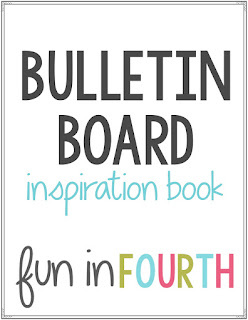to this...
I have to admit, I was a bit sad to take down the fixed and growth mindset self-talk. We referred to them often with a lot of students. They were really powerful. But, alas, we must move on.
Crystal asked her students to draw what is inside their brain. She didn't give them too many requirements. Some chose to have their page oriented landscape, though most chose portrait. Some chose to use one colour, while others had many. If you know her children, they are actually very accurate and quite insightful!
At our school, we teach the Zones of Regulation school wide.
Being that my students are in fourth grade, they have a fairly good understanding of the four Zones already. To refresh their memories, we read the book "The Way I Feel."
Everyone folded a paper into 8 spaces. The book showcases 13 emotions, so we had more than enough room to work with the front and back combined. I read each emotion, but I didn't reveal the actual emotion. My students had to guess.
Once they had guessed correctly, I projected the emotion on the SmartBoard with a corresponding Zones images. This really helped a few of my low students with spelling. Their job was to write the emotion and guess the Zone that emotion belongs in. At the end of the book, we discussed each one.
Next, I assigned students a Zone. They met with the other students of the same Zone to discuss all the emotions that would belong there. They then returned to their desks where a poster was waiting for them. The task was to write in their assigned Zone and fill in the face with an expression that properly represented the Zone. Around the edges, they had to write a variety of emotions for the Zone.
Once they had guessed correctly, I projected the emotion on the SmartBoard with a corresponding Zones images. This really helped a few of my low students with spelling. Their job was to write the emotion and guess the Zone that emotion belongs in. At the end of the book, we discussed each one.
Next, I assigned students a Zone. They met with the other students of the same Zone to discuss all the emotions that would belong there. They then returned to their desks where a poster was waiting for them. The task was to write in their assigned Zone and fill in the face with an expression that properly represented the Zone. Around the edges, they had to write a variety of emotions for the Zone.
I'm not thrilled with these photos. I really need to bring my proper camera to school. The iPhone just isn't cutting it.
I hope that these posters will be helpful to others as they pass by! I know I've referred to them a few times.































